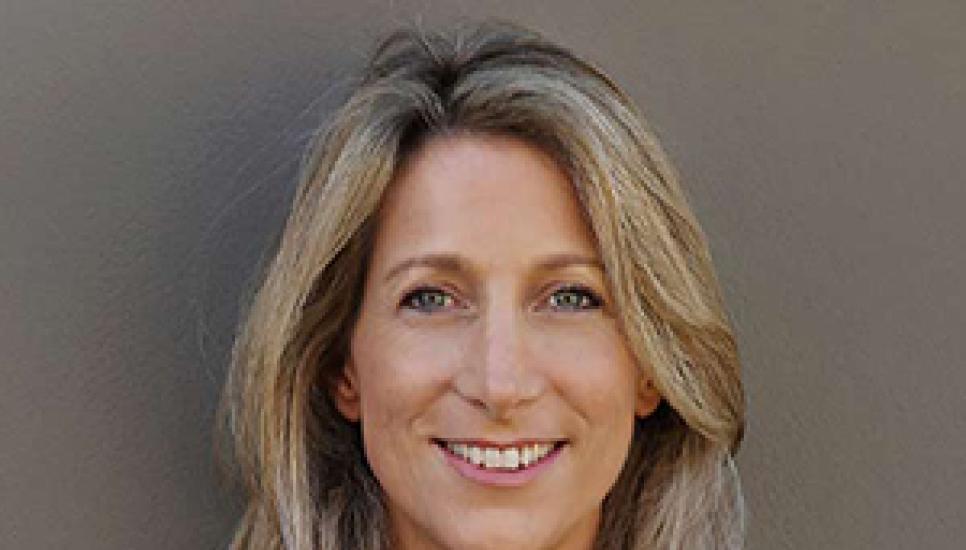Establishing family values and legacies through philanthropy

This profile is a part of KPMG’s Philanthropists in Action case study series, which examines a number of emerging trends across the philanthropy landscape, as the Environmental, Social, and Governance (ESG) agenda and creating social impact climb the priority list of family offices and ultra-high net worth individuals (UHNWIs) around the world.
Impactful philanthropy happens at many different levels – global, national, state and city-wide, in local communities, and with families. The philanthropic activity of Australian-born Catherine Fritz-Kalish encompasses all these and is very much a family affair.
Catherine’s philanthropic journey started 23 years ago following her experiences working at the Organization for Economic Co-operation and Development (OECD), and with both very large and small start-up businesses. She quickly realised that corporate life did not, in her own words, “Feed her soul”.
Her philanthropic journey includes volunteer work for community organisations, co-founding a charity that distributes end-of-line clothing to people in need, the Fritz Family Foundation, a giving circle, a board position on social justice charity Stand Up, and leading an influential not-for-profit, Global Access Partners.

Global Access Partners
Catherine and her father, Peter Fritz AO a successful entrepreneur, created Global Access Partners (GAP), a not-for-profit that today brings together more than 4,000 senior government representatives, academic leaders, business leaders and philanthropists to address the most pressing social, economic and structural issues facing Australia and the world today.
GAP acts as a catalyst for policy implementation and new economic opportunities by using the GAP Second Track Process. Catherine describes it as, “A do tank, not a think tank” that demonstrates the power of collaboration and action-oriented thinking.
Catherine and the ten-strong team at GAP regularly canvass its 4,000 members on the issues where they might focus attention. Recently, it has worked with various governmental departments to address a deficit in early years education in Australia; it has focused on developing closer meaningful relationships between Australia and the Pacific Island Nations and has been working for more than six years in the area of Productive Aging and engaging older workers in work for longer. Additionally, GAP convened a small group of interested leaders with the intent of exploring ways to develop a more meaningful philanthropic landscape in Australia. As a result, the Center for Social Impact was created. The Center is backed by government funding and is making considerable strides towards changing the Australian culture towards philanthropy and social impact.
“GAP can fill a room in a bipartisan way with politicians from all walks and both sides of the aisle, with academics and business leaders to bring about change,” explains Catherine.
"Go and experience what it feels like in your bones to do things for other people and remember that feeling."
Giving circle – at the heart of community
Giving circles, where different families join to amplify their charitable giving are commonplace in the USA and are gathering growing interest in Australia. The giving circle Catherine is part of is based on a model designed to involve children of all ages in impactful philanthropy.
Catherine and ten families with 35 children between them have created a giving circle in Sydney, Australia, supporting local charities through donations, volunteering, and expertise.
Activity is targeted towards charities that speak to all families involved and pay close attention to disability, social justice, and homelessness.
“We all have very diverse backgrounds, yet we come together because we have common values,” explains Catherine. “We give our time through volunteering and expertise as well as financial support, and many have moved onto the boards of the charities we support.”

One project supported by the giving circle is Little Dreamers, created by an inspirational young woman, whose sister has challenging learning and healthcare needs.
While her sister received a lot of support, sibling carers were often overlooked. Little Dreamers founder approached the giving circle looking for support. At that time, she was in a full-time job yet finding time to give sibling carers a break, perhaps with a day at a park or a trip to a funfair.
“It was just an idea, but we recognised that this amazing woman was the catalyst behind this,” says Catherine. “We suggested we fund a full-time salary for her for one year so she could leave her job and get the concept off the ground.
She did a phenomenal job, registering as a charity, securing $1 million Australian dollars (AUD) in government grants, and is now front and centre of social services. She was awarded the Order of Australia medal, becoming its youngest-ever recipient, and as a result even flew to London to meet the Queen.”
Measuring impact and feedback from the supported charities is critical to its success, with bespoke measures adopted for each project. For some, it may simply be an increased number of people a charity is supporting, and for others, it may be looking at whether deeper relationships between a charity and its beneficiaries have been forged. In almost all cases, the giving circle will want to see improved efficiencies in the charities it helps.
"Be careful how you spend your philanthropic dollar because it is never enough."
Family Foundation
Catherine’s family has recently created a family foundation that brings together her parents and siblings, and their children. Its value is felt way beyond the simple act of supporting charities and good causes.
“It makes us talk regularly,” says Catherine. “While we all want to support different causes, it is a cohesive kind of activity. It is something we are all in for the long-term and we will get around to supporting everything that we value.”
Catherine offers the following advice to those that are starting their own philanthropic journeys.
“Go and experience what it feels like in your bones to do things for other people and remember that feeling. Look then to find those areas that make you feel that. But be careful. You can pour hundreds of thousands of dollars into philanthropy and get very little back from that investment. Be careful how you spend your philanthropic dollar because it is never enough.
“And finally, as soon as you don’t feel it, it is probably time to move on. There will always be other people that need you that will reignite that flame.”






